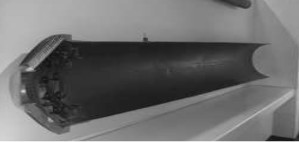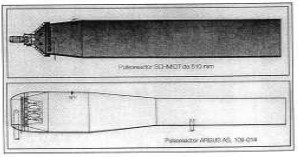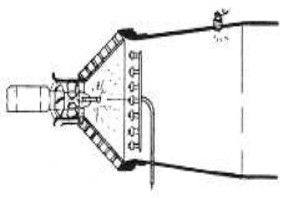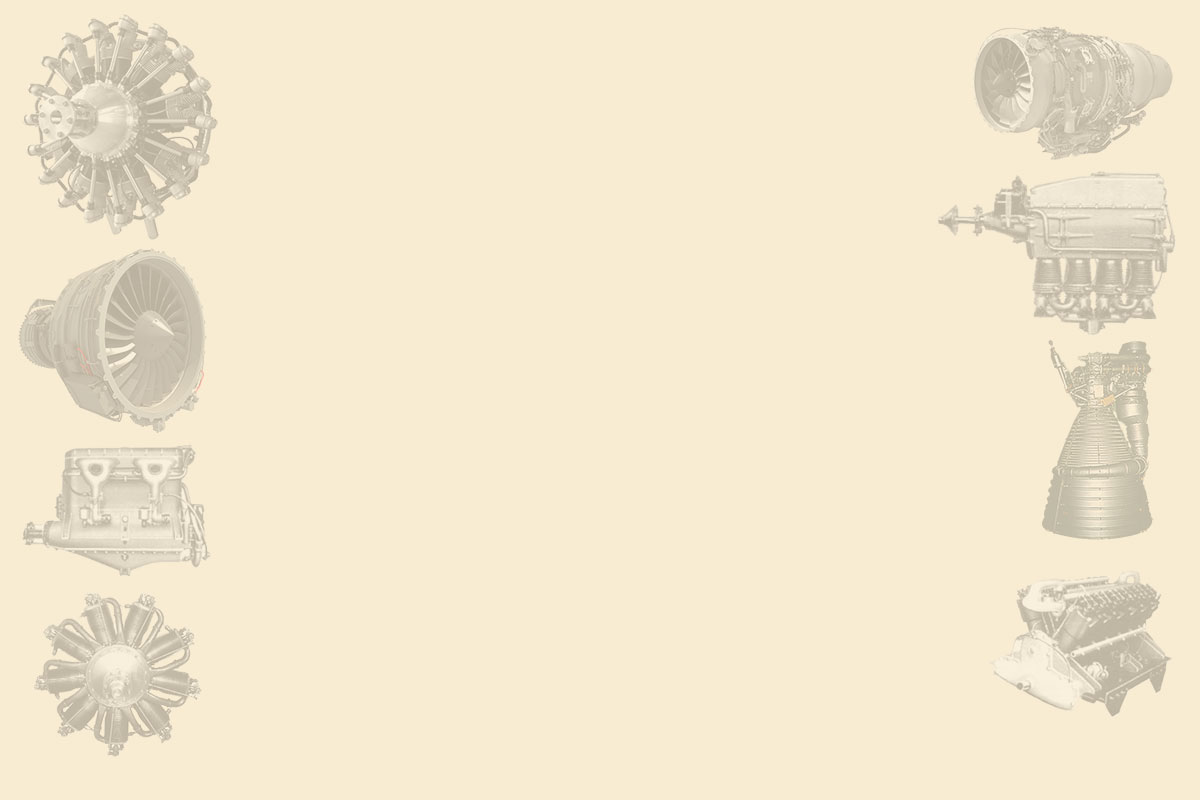Updated: 24-Oct-2023
Paul Schmidt of Munich was a pioneer in pulsejets, seeing his engines adapted to various German war engines. (+info at the MAE).
-As a qualified engineer, he was already interested in jet propulsion around 1928, not in turbines, but in simpler engines. In 1931 he patented his first pulsejet, stating the principle of its operation. He received official financing to start his work. In 1938 he tested the first engine that kept self-igniting with explosions at a rate of 50 c/s.

“SR-500”
-The V-1 engine had to be launched with a certain speed to force air into the engine inlet. For the SR-500 or Schmidtrohr 500 in the photograph at the Munich Museum (above a Snecma Shotgun), this was not necesary.
-Rohr in German is tube, so Schmidtrohr means Schmidt tube.

“Schmidt SR vs Argus 014”
-The SR-500 evolved into the SR-510, (510 mm is the diameter of the duct). In the previous illustration we see it compared to that of the V-1.
-The Schmidt-Rohr 500 and 510 had a static starting device consisting of a head in which an electric motor drove a small amount of air to which an initial fuel was added and which, being constant, combustion was maintained in the chamber.The air then entered through the main flow shutters and the fuel through the main group of atomizers.

“SR-510 head”
-The almost symmetrical nozzle contrasts the variable and thinner one of the V-1. In this one, spherical cylinders with compressed air were used to propel the fuel towards the pulse jet.
Engines of SCHMIDT, Paul
Model: SR-500
Arquitecture:
Chambers:
Fuels:
Feed System:
Ignition:
Thrust:
Weight:
Model: SR-510
Arquitecture:
Chambers:
Fuels:
Feed System:
Ignition:
Thrust:
Weight:


